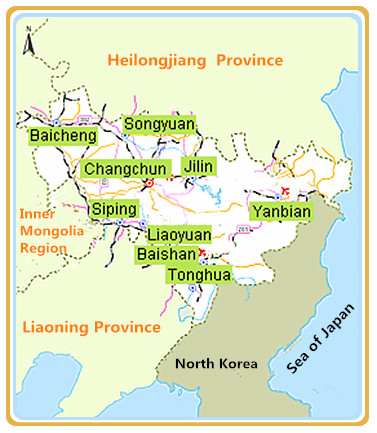
Jilin Province, located on the central part of northeastern China, borders Russia in east, and North Korea in the southeast with Tumen River and Yalu River as the boundary line. Jilin Province situated in the middle of northern end
Heilongjiang Province and
Liaoning Province, adjacent to the
Inner Mongolia in the west....
Jilin Overview
Jilin Facts
Chinese Name: 吉林省 (Jílín shěng)
Location: in northeast China
Area: 187,400 square kilometers
Populations: 27,040,600
Nationalities: Han, Chaoxian, Manchu, Mongolian, Hui, Xibe and other minor ethnics.
Jilin Tourism Cities
Administrative Division: 8 cities (
Changchun,
Jilin, Siping, Tonghua, Baicheng, Liaoyuan, Songyuan, Baishan); 1 autonomous prefecture (
Yanbian Korean Autonomous Prefecture)
Jilin History
Jilin Province involves a lengthy evolvement throughout history. Jilin Province had taken shape since Qin dynasty when it was included among administrative units of the central government. The region then fell successively under the domination of the Xiongnu, Xianbei state, Khitan Liao Dynasty, the Jurchen Jin Dynasty, and the Mongol Yuan Dynasty. In 1860, the Qing government began to open the area up to Han Chinese migrants. By the beginning of the twenties century, Han Chinese had occupied the most population of the region, and the campaign called "Revitalize the Northeast" has since then enabled Jilin Province to embark on its promising future and great achievements....
Jilin History
What to see in Jilin?
Jilin province is rich in and advantaged in tourist resources with varied natural scenery and distinctive cultural relics. The state-listed Changbai Mountain scenic area with soothing and relaxing vista, boasts "the grand mountain holds the Heavenly Pond and the sea of forests hides treasures", is a wonderful land attracts people from everywhere to focus attention upon. The attractive Jilin Wusong (a spectacle formed by the ice bloom gathering in the branches and leaves of trees due to low temperature), with Yangtze Gorges, Guilin landscape and Yunnan stone forests together is called the China four wonders in nature. And if you pay a visit there you will feel as if you were visited by the dream or presenting a fairyland. In recent years, the frontier and foreign country tourism and ecotourism represented by paying visit to the ice, snow, forests and wetlands become the most attractive tourism products.
Jilin is a popular ski destination in Northeast China. Jilin with Changchun as the capital, is situated in the northeast of China and adjacent to Russia and North Korea to the southeast and Heilongjiang, Liaoning and Inner Mongolia to the north, south and west. 49 ethnic groups live in Jilin, of which the Korean population ranks first in China.
Only 15 kilometers away from the Sea of Japan and 4 kilometers away from the Boshet Bay of Russia, the special location not only enhances active trade and exchanges of Jilin with Japan and Russia but also gives the province favorable temperate climate, which includes a lengthy winter with snow that can start as early as October and last until April. Despite the winter cold, people flock to this area for the Ice Lantern Festival and the winter sports. Jilin is known as an area for winter sports and has produced some of the best ski resorts in China. However, it has many other natural and historical attractions to entertain its residents and visitors like China’s largest nature reserve Changbai Mountain and Museum of the Imperial Palace of Manchukuo....
Jilin Attractions
When to visit Jilin?
Jilin Province enjoys a temperate and monsoonal climate with four clear distinct seasons. The continental feature suggests that the spring here is dry and windy, summer rainy and hot, winter long. The humid weather transfers into semi-humid and semi-dry weather from southeast to northwest regions. The average temperature of Jilin Province is minus 11°C below in winter, whereas over 23 °C in summer. The frost-free period usually lasts for 100 to 160 days. Besides, annual precipitation is about 400 to 600 mm, with 80% of the rainfall centered in eastern regions in summer......
Jilin Weather
How to reach Jilin?
Jilin Province includes an advanced transportation network combined with airway, railway and waterway.
Airway-Airports within inner Cities of Jilin Province, including Changchun, Yanji and Changbai Mountain, are providing ample airlines available to major metropolitans in China. Airport buses will ensure an effective and relaxing tour as well.
Railway-Railway networks in Jilin Province are divided into 2 directions, from northwest to southeast, and from southwest to northeast. Jing Ha line, one of the essential railway lines in China, runs through the southern and northern parts of Jilin Province, with many trains directed to major cities, including Harbin, Shenyang, Dalian, Beijing, Tianjin, Shijiazhuang, Jinan, Nanjing, Shanghai and so forth.
Waterway-Songhua River, Nen River, Tumen Jiang and Yalu River are 3 navigation rivers of Jilin Province. The length of the inner waterway in Jilin Province is about 1789 kilometers, with 3 inner harbors, namely Daan port, Jilin port and Fuyu Port, which can handle up to 1.4 million tons of cargo every year.....
Jilin Transportation
Jilin Travel Tips
Specialties: Ginseng, pilose antler, colorful wood carving and gourd carving, Manchu's paper-cut.
Local food: Famous staples includes steamed bun stuffed with sweetened bean paste, pastry (Bobo) and rice crispy treats (Saqima). Beverages like Ginseng juice and black tea with brown sugar are favored. Besides, hot pot is suitable for heat maintaining in chilly weather, and dishes with Shandong-style are widely adapted, as the culture of Shandong was quite influential here in previous days.
Jilin Maps Jilin Festivals Jilin Tours
 Jilin Province, located on the central part of northeastern China, borders Russia in east, and North Korea in the southeast with Tumen River and Yalu River as the boundary line. Jilin Province situated in the middle of northern end Heilongjiang Province and Liaoning Province, adjacent to the Inner Mongolia in the west....Jilin Overview
Jilin Province, located on the central part of northeastern China, borders Russia in east, and North Korea in the southeast with Tumen River and Yalu River as the boundary line. Jilin Province situated in the middle of northern end Heilongjiang Province and Liaoning Province, adjacent to the Inner Mongolia in the west....Jilin Overview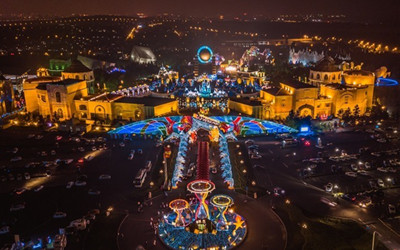
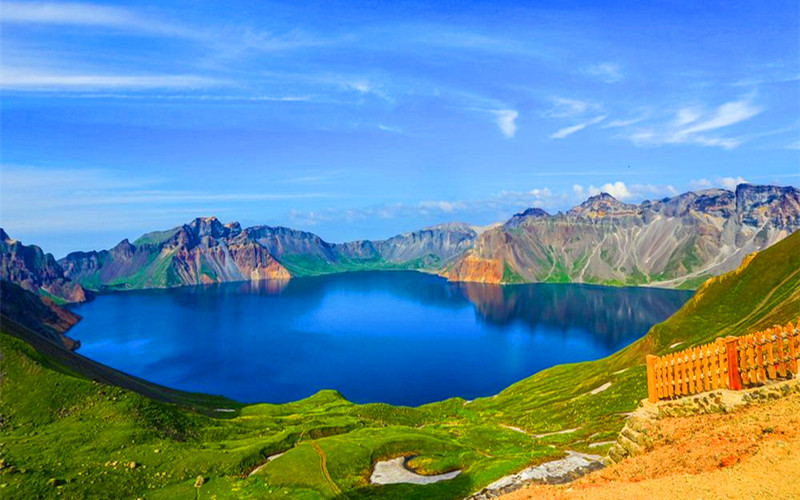
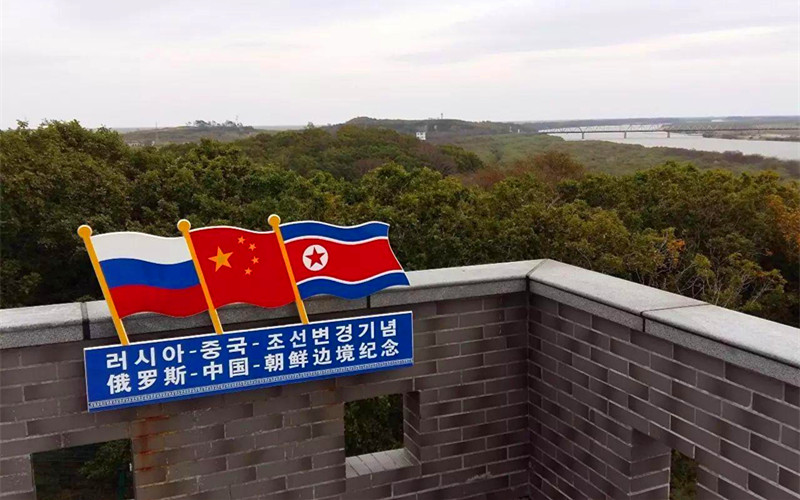
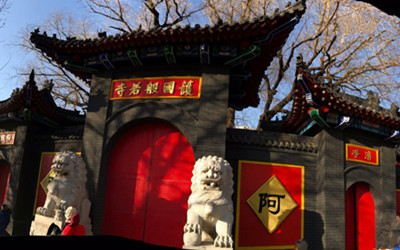
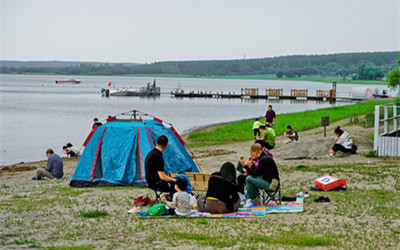
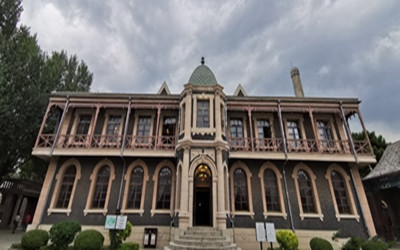
 Ask Questions ?
Ask Questions ?